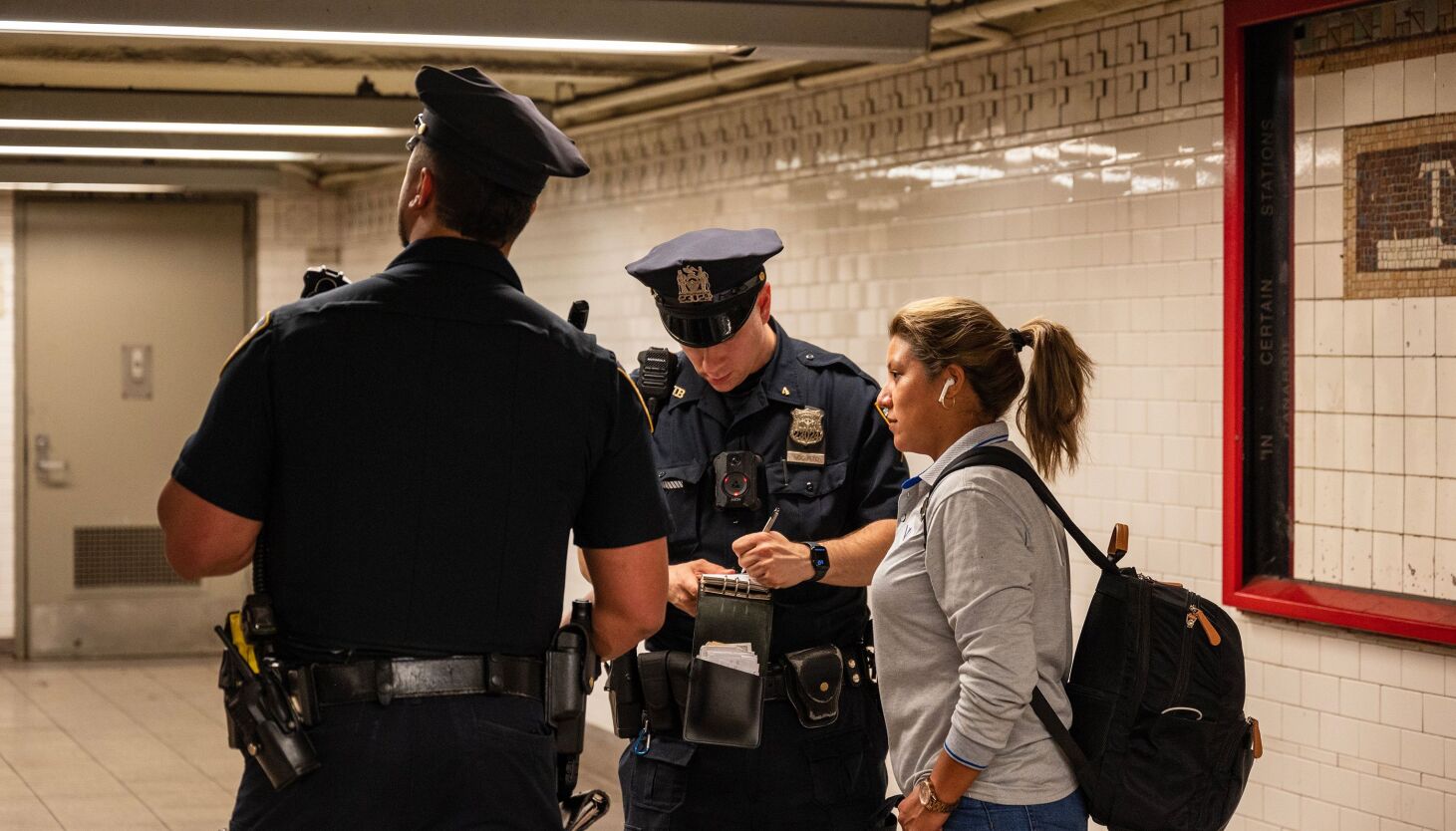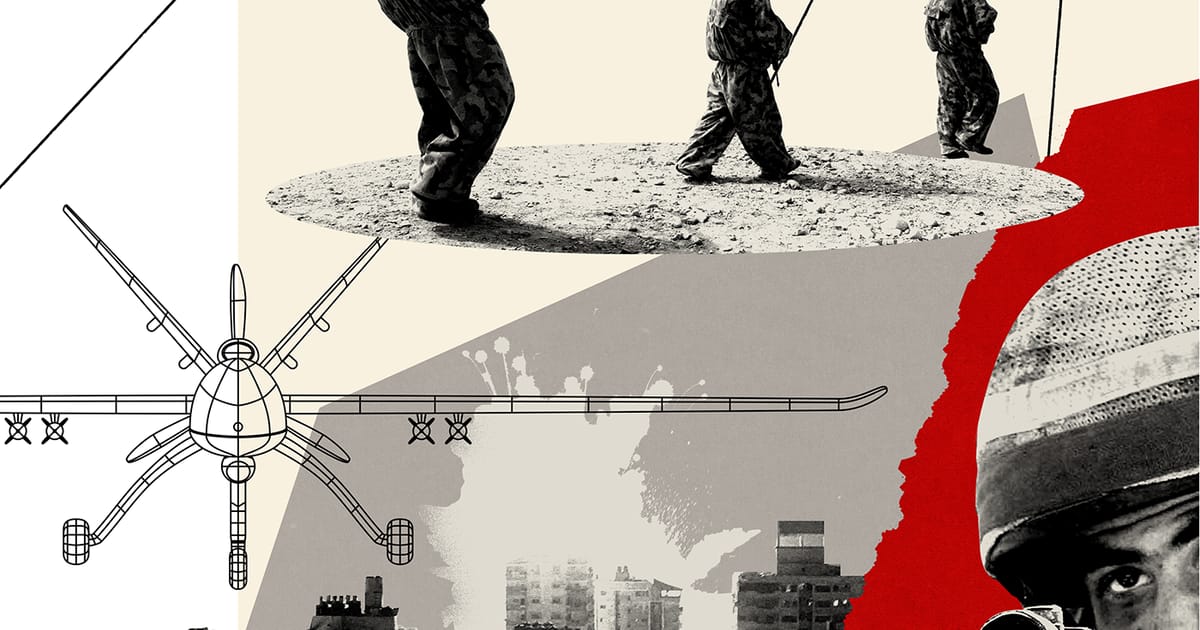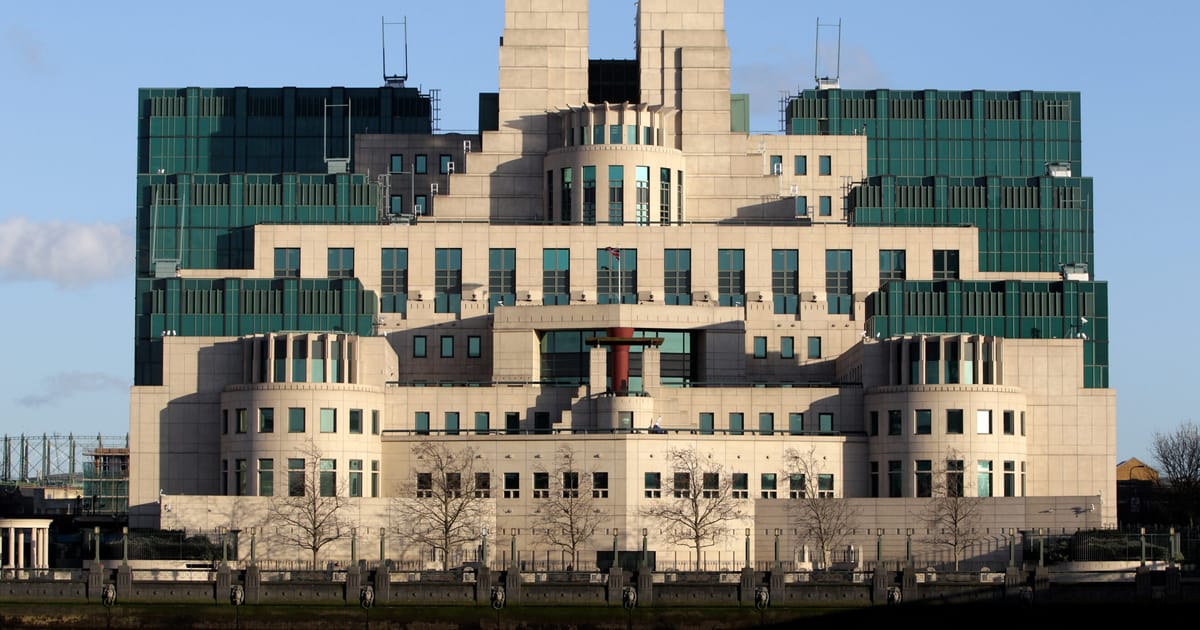Under Mayor Eric Adams’ latest budget plan, many city agencies from libraries to public schools would be strained mightily to trim costs without reducing services or laying off workers.
With the police department, however, there is a little more flexibility.
Under the preliminary budget Adams unveiled Thursday, the NYPD budgeted $452 million for overtime in coming fiscal year 2024, which begins July 1. Based on the department’s track record, that number seems highly unrealistic.
For the current fiscal year, 2023, the department had budgeted about the same amount: $454.8 million. But as of Dec. 31 — halfway through the fiscal year — they’d already spent nearly $412 million.
If the NYPD continues to spend at that rate, the final overtime bill for fiscal 2023 will pass $820 million.
Hours after Adams released out his budget plan, city Comptroller Brad Lander already tagged the department’s overtime estimate as “under budgeted.” Public Advocate Jumaane Williams asserted that it essentially protected law enforcement from making sacrifices while shifting the lion’s share of cost-cutting to social services and education.
“Financial constraints and economic concerns are real, and it is in these difficult climates when progressive budgeting is at once more challenging and most critical,” Williams said. “In that spirit, it sends the wrong message to see some areas such as housing and mental health suffer, while others such as law enforcement are insulated.
“That is ultimately not a sustainable path to producing public safety, or preserving public services,” he added.
All city agencies are supposed to meet a goal of cutting costs by a set percentage each year under Adams’ Program to Eliminate the Gap (PEG). In fiscal year 2023, the goal was for each agency to cut its budget by 3%; in fiscal year 2024, the bar rises to 4.75%.
The agencies learned of Adams’ new PEG edict in September, at a time when state Comptroller Thomas DiNapoli was estimating New York City could face a budget deficit of $10 billion by 2026 if spending cuts weren’t embraced.
The NYPD has so far failed to meet its PEG goal, and it appears that trend will continue. In FY 2023, they reported finding just 1.3% in savings, and in fiscal year 2024, that number will likely rise no higher than 2% in savings, or $105 million, out of the $5.1 billion the NYPD gets in city funding.
A City Hall official said the department had achieved $179 million in savings between this fiscal year and fiscal year 2024, which would mean they’d achieved 44% of their expected PEG goal. Budget officials meanwhile said they’re working with the NYPD to fully achieve their expected saving targets.
Underestimating Overtime
How the NYPD’s new budget truly compares to the current year remains to be seen.
The preliminary budget calls for spending $5.4 billion in fiscal year 2024 compared to $5.7 billion in fiscal year 2023. But budget officials noted the 2024 figure does not include grants that are factored into the 2023 figure. The total for 2024 will grow when those grants are added in.
Overtime pay remains a key issue. In the last several years, the city’s Independent Budget Office (IBO) has documented how the NYPD has greatly underestimated the amount it would need to spend on cops working extra shifts, with the final bills almost always coming in way over budget.
That problem was greatly exacerbated in fiscal year 2020 due to the massive amount of overtime paid out — $836 million, with much of that coming from the police response to the protests against police misconduct that roiled the city during that May and June.
According to an analysis last March by the Citizens Budget Commission, the department came closer to projections in fiscal year 2021 by spending only slightly over budget, with $480 million in overtime payments. In fiscal year 2022, the NYPD went off the charts again.
That year they budgeted for $513 million and spent $777.9 million.
In her prepared remarks to the City Council’s Finance Committee in May, Police Commissioner Keechant Sewell did not once mention overtime. Under questioning, the commissioner noted that some of the overtime in fiscal year 2022 was reimbursed by the federal government’s COVID payments, but that spigot was turned off for fiscal year 2023.
During his question and answer session at City Hall following his budget presentation Thursday, Adams did not directly address the NYPD’s overtime issue. Asked how much the department expected to spend this year on overtime, Adams declined to give a figure, but broadly defended the spending as a legitimate response to crime citywide, specifically in the subways.
“We had an issue in this city around public safety and the successful use of our manpower allowed us to accomplish what we needed to accomplish, particularly in the second half of the year,” he said, noting a recent decrease in homicides and what he called “significant gains in the subway.”
“We have to use overtime in a smart way,” Adams continued. “I am not going to trade off public safety. We have to be safe. I’m not going to trade that off. We have to not only have real numerical indicators that we’re safe, but there’s a need for symbolism. New Yorkers must feel safe and they feel safe when they see the blue uniform.”
Adams also pointed out that Gov. Kathy Hochul has agreed to reimburse the NYPD for some portion of the overtime pay racked up in his initiative to place more cops in the subways. On Thursday the NYPD put the figure coming from the state at $62 million.
That reimbursement may not be enough. The department has already spent $411.9 million on overtime in the first six months of fiscal 2023, according to the IBO. That leaves the department with about $43 million in their overtime budget — with six more months to go.




